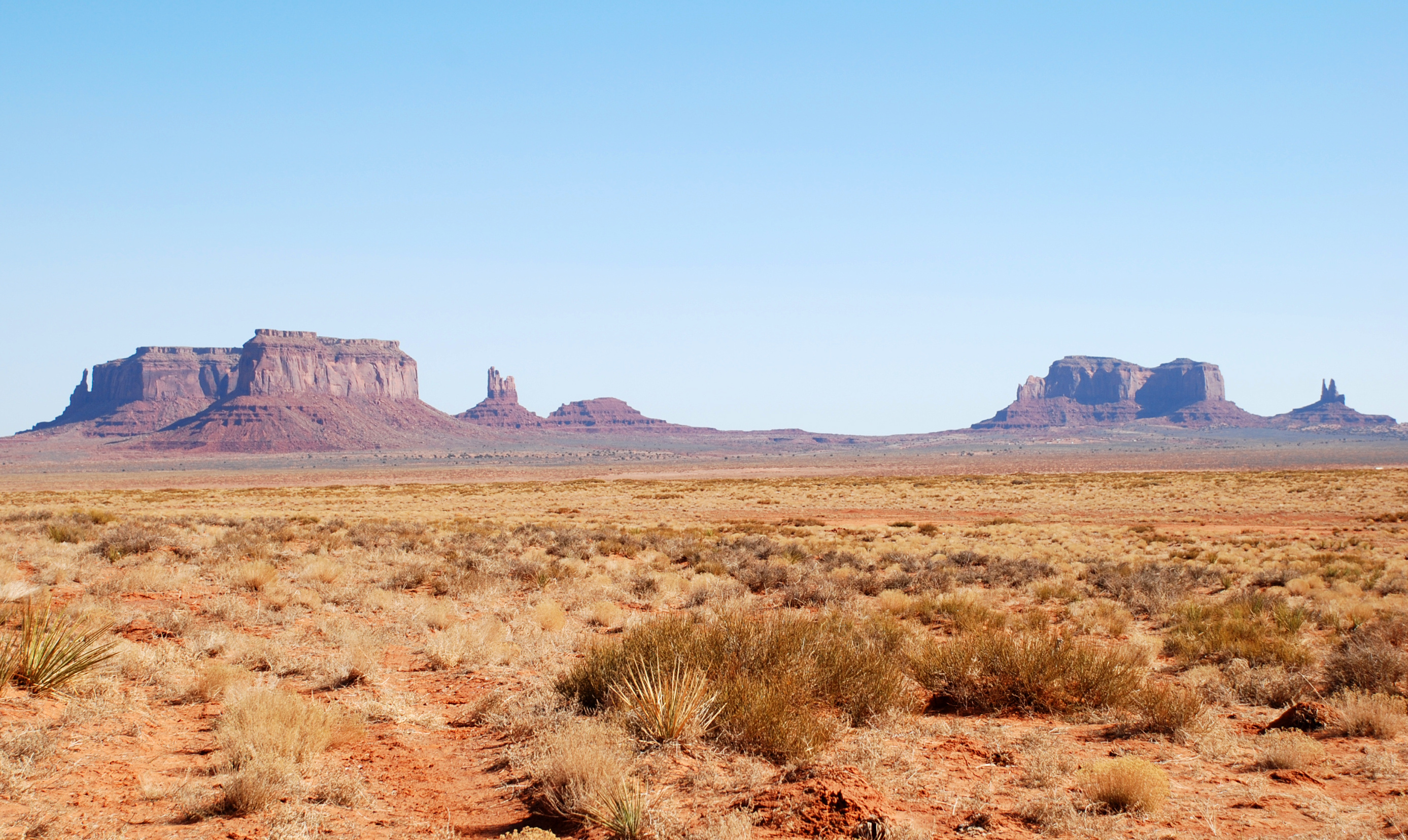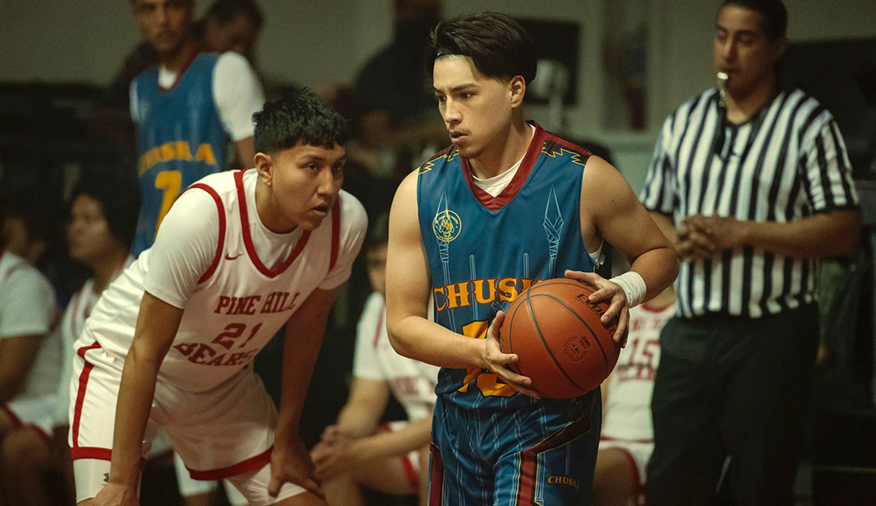
In the Netflix film Rez Ball, University of Washington student Devin Sampson-Craig plays a high school basketball player living on the Navajo Nation reservation in New Mexico. The film, from the co-creator of Reservation Dogs, follows an underdog basketball team fighting for a state championship. It offers a positive message but also addresses challenges that include depression, alcoholism, and teen parenting.
Like his film character, Sampson-Craig grew up playing basketball on a reservation — the Yakama Indian reservation in Washington — as a member of the Yakama Nation and the Pyramid Lake Paiute tribe. To be in the film, he had to take a break from the UW. “It was an opportunity I couldn’t pass up,” he says.
Sampson-Craig graduates in August with a BA in American Indian studies (AIS), completing a UW journey that has been anything but straightforward.
“It’s been a true rollercoaster,” he says. “It wasn’t a typical path.”
Learning Hard Truths
As a high school student in the small community of White Swan in the heart of the Yakama Nation reservation, Sampson-Craig was all about sports. He played football, basketball, and baseball in high school and, though he’d been accepted to the UW, he imagined going to a small college near home where he could play basketball. Then he broke his ankle playing football.
“I remember thinking that was a sign that maybe I should put sports aside for now,” he says. He decided to leave home to attend the UW. “That was a big risk, moving away from home. That’s not typical where I’m from.”
I started to develop a mindset that I have to learn this, not just for myself and my own healing, but also for my ancestors, my grandparents, even for those I don’t know, to advocate for them in the work I do.
His first quarter at the UW, Sampson-Craig took Introduction to American Indian Studies, a course offered by AIS in the College of Arts & Sciences. The course affected him in ways he had not anticipated. Though he grew up on a reservation, he had never learned about Native American history and the enduring trauma caused by that history. Suddenly everything in his life looked different.
“It hit me like a train,” he says, “because growing up, I didn’t know how generational trauma factored into my parents not being together, or why some elders in my life have diabetes because of poor diet habits from being moved to a valley far from our life source, the Columbia River. I didn’t know all of this bad stuff.”
It didn’t help that Sampson-Craig was far from home while absorbing all this new information. “I found myself going into a depression,” he says. “It’s hard for a kid from the rez to learn all that and not go home, to not just say, ‘I can’t handle that. I’m gonna go back home and just stay home.’”
Sampson-Craig did not go home. He stayed at the UW and his perspective slowly shifted. Rather than avoiding hard truths, he committed to learning more of them. “I started to develop a mindset that I have to learn this, not just for myself and my own healing, but also for my ancestors, my grandparents, even for those I don’t know, to advocate for them in the work I do.”
Elevating Native Voices Through Film
Though Sampson-Craig’s depression lifted and he declared an American Indian studies major during his sophomore year, he was not prioritizing academics. When he learned about open auditions for Rez Ball, he didn’t stress about leaving college to be in a film. He figured, why not try?
His father, independent filmmaker Ryan H. Craig, had previously cast Sampson-Craig in two films. But Sampson-Craig had no family connection to Rez Ball, produced by LeBron James’ production company. After sending in a taped audition, he was invited for an in-person audition in New Mexico to demonstrate his acting and basketball skills.
“I didn’t worry about the basketball skills at all,” says Sampson-Craig. “I knew I was good on the basketball. But I was pretty nervous about the acting.”
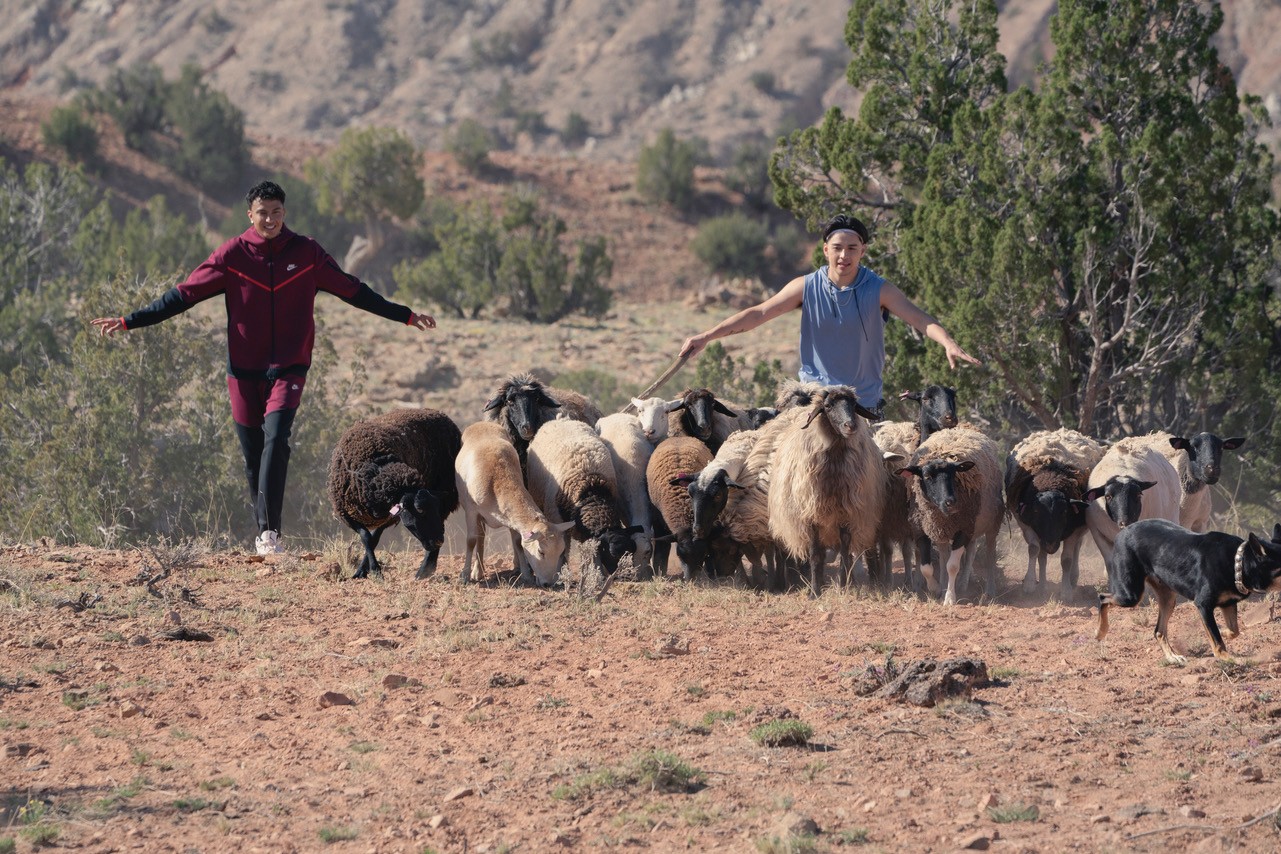
Despite those nerves, he was offered a major role. He describes his character, basketball team co-captain Bryson Badonie, as “a big talker, a [teenage] father, and someone that you’d want to have your back.” The character is fluent in Navajo, a challenge Sampson-Craig took very seriously. “I knew that a lot of Navajos were going to see this movie, and I didn’t want to be the guy who didn’t take the time to learn it,” he says.
That commitment to authenticity pervaded every aspect of the film. The cast recognized and embraced the immense responsibility of making a film about a contemporary Native community. “We all thought, ‘We can really do something with this movie,’” says Sampson-Craig. “I was so glad to be part of it.”
First a Swerve, then Commitment
After filming in spring 2023, Sampson-Craig spent the summer at home. His grandfather — “a life hero, a life coach of mine” – passed away that summer, and in his grief, Sampson-Craig enrolled at a Native technical college where he could play on the basketball team with his friends. It seemed so much easier than returning to the UW.
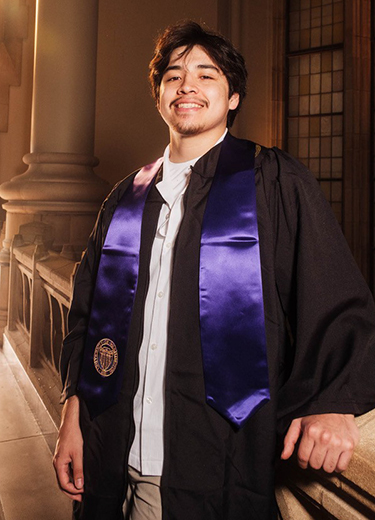
Within days, he regretted his decision.
“It felt like high school,” he recalls. “It reminded me why I was at the UW. I was at that technical college for six days, and on the seventh day, I packed up my car and told my friends, ‘I’m sorry guys, I can’t do this. I’m a Husky.’ I came back to the UW and understood what I wanted to do.”
Since returning to campus, Sampson-Craig has prioritized academics. The Office of Minority Affairs & Diversity named him the Robert T. & Nancy J. Knight Scholar, which provided a boost financially and emotionally.
“My first year at the UW I felt imposter syndrome very, very badly,” Sampson-Craig says, “so just to be seen by whoever was reading the scholarship applications, that they were able to see me and recognize me and celebrate me, it meant a lot.”
After taking an AIS filmmaking class and other courses that touched on Native representation in media, Sampson-Craig wanted to explore why Native stories aren’t being told and how that impacts both Native and non-Native communities. He pursued an independent research project his senior year, with Rez Ball as a focus. Over the course of eight months, he interviewed people “in different communities all over Indian country” about the impact of seeing themselves represented in the film.
Sampson-Craig will pursue acting as a career after graduation and hopes to be part of more projects that represent the complexities of Native communities.
“There are so many stories to tell,” he says. “I’m hoping that movies like Rez Ball can show filmmakers, writers, and producers in Hollywood that these stories matter. Our stories are funny, real, and authentic. Let’s share them.”
More Stories
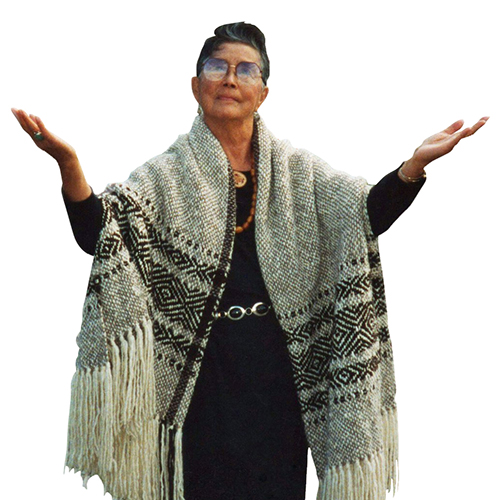
A Healing Heart Returns
In February, the UW Symphony will perform a symphony that Coast Salish elder Vi Hilbert commissioned years ago to heal the world after the heartbreak of 9/11. The symphony was first performed by the Seattle Symphony in 2006.
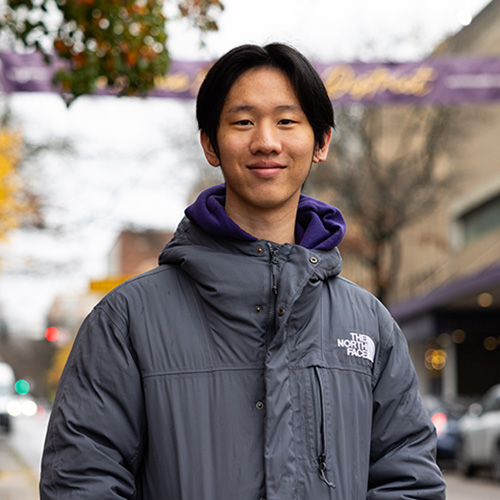
The Public Impact of Private Cities
Geography major Edwin Bai has researched private cities, developed by individuals and corporations, that "take the libertarian idea of low government regulation to the maximum."
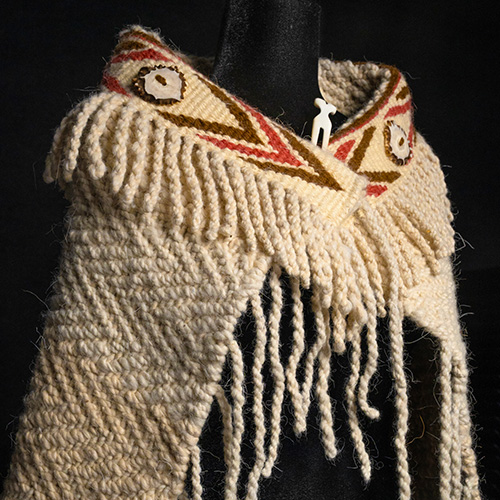
Coast Salish Traditions are "Woven in Wool" at the Burke
A Burke Museum exhibit, co-curated by Coast Salish weavers and Burke curators, highlights the importance of weaving to Coast Salish communities.
